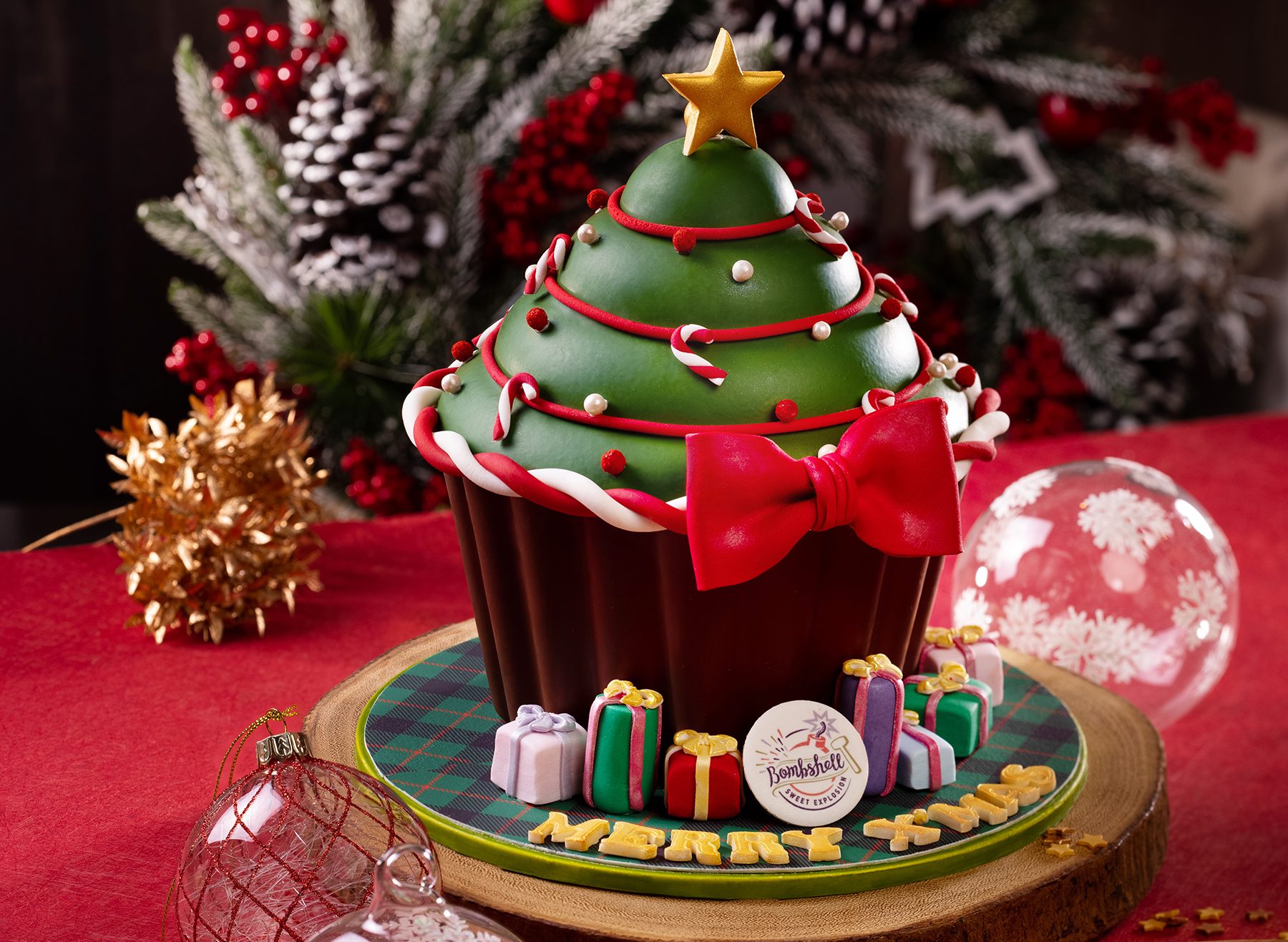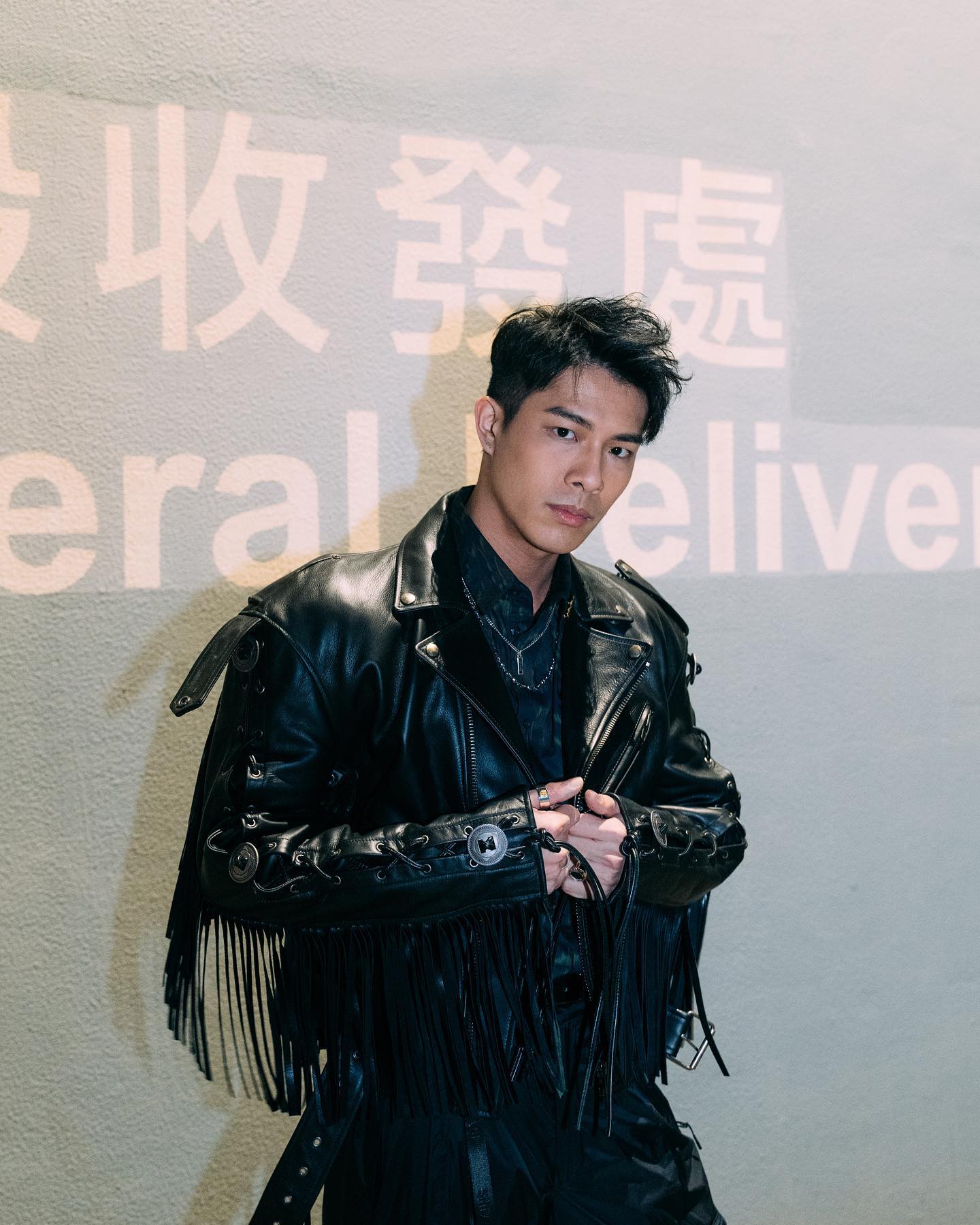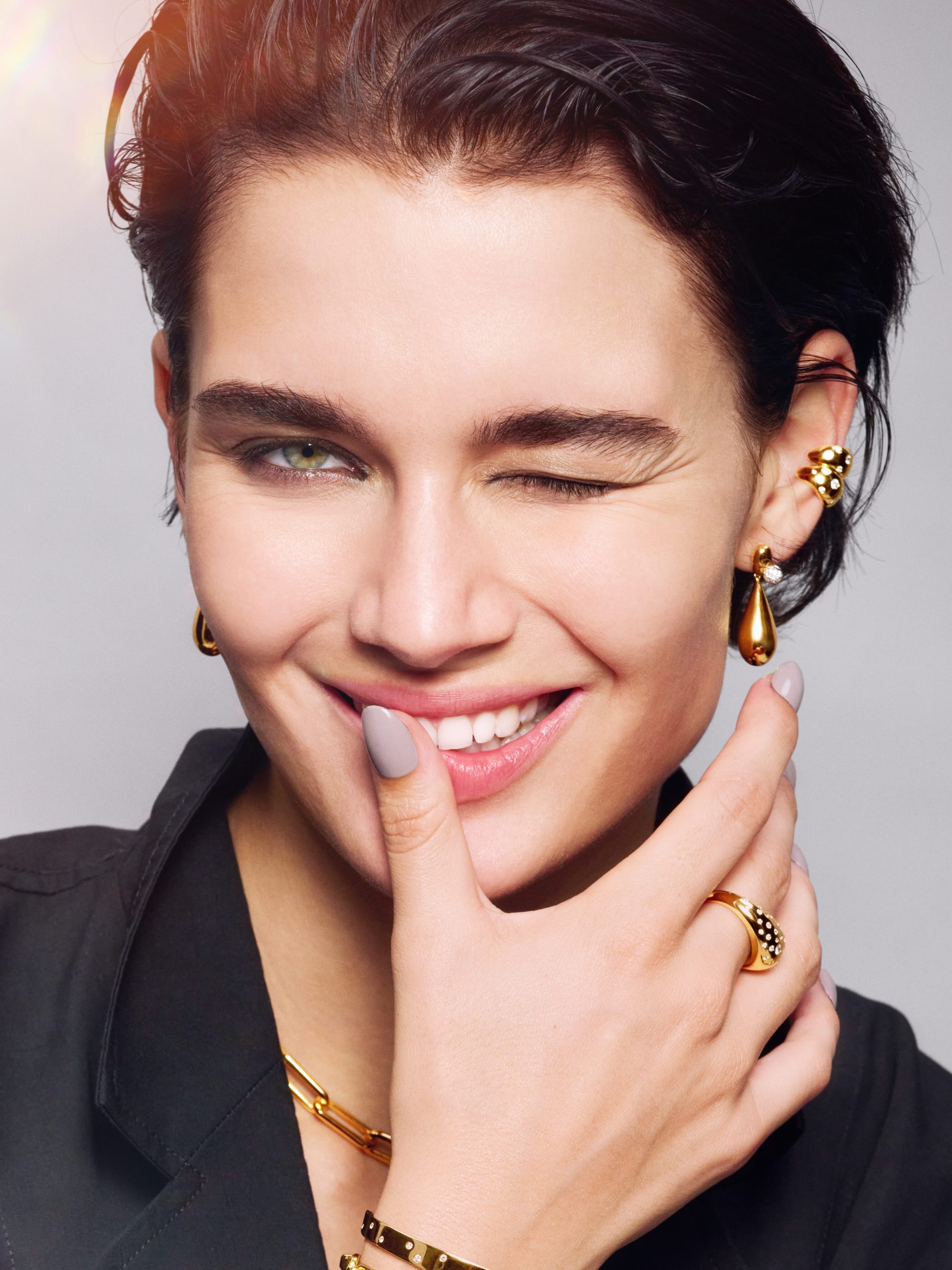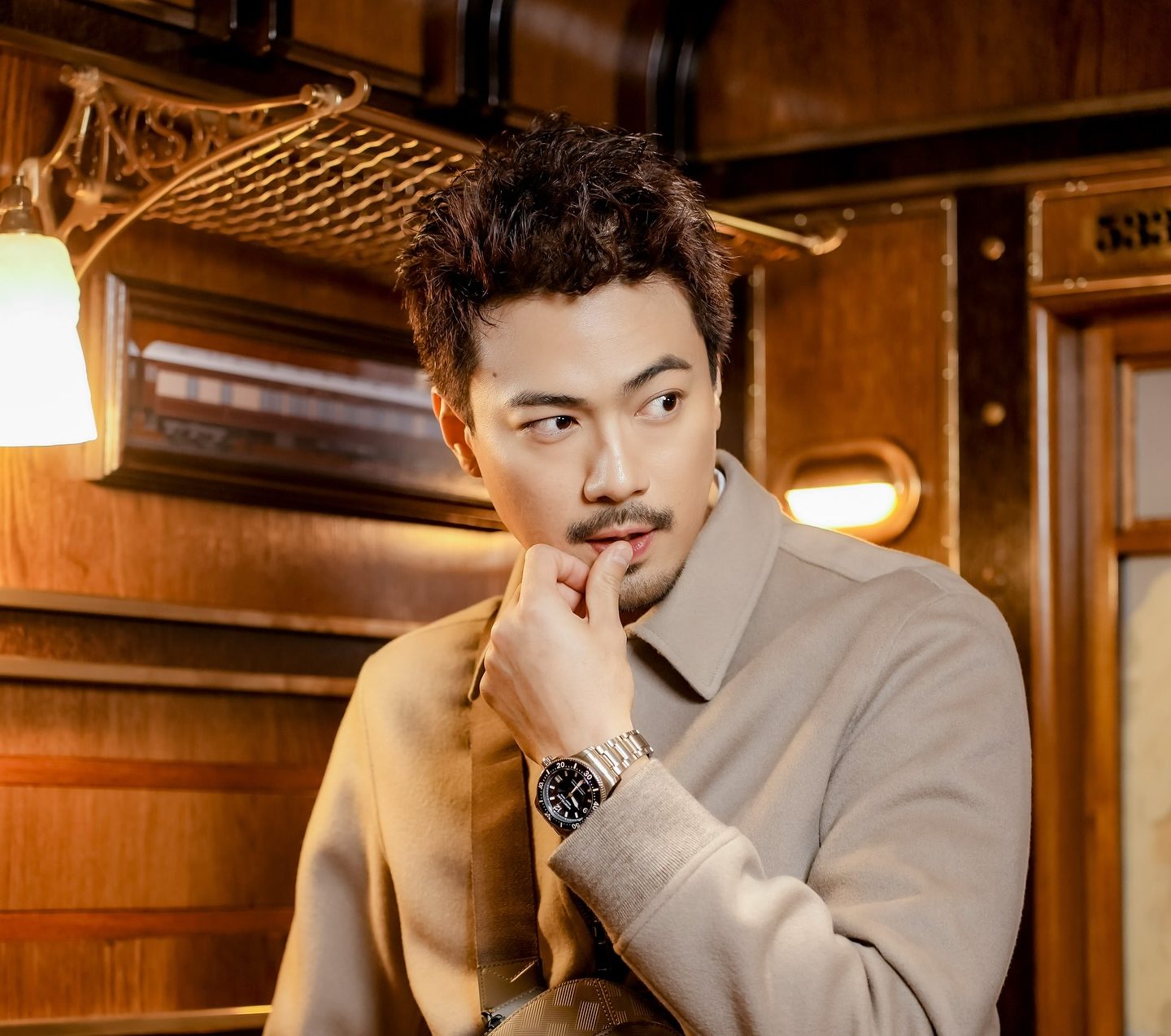Known for her enchanting cardboard creations, French artist Eva Jospin speaks to Dionne Bel about her new collaboration with Ruinart in which she takes viewers on a stroll through the illustrious champagne house’s vineyards and chalk cellars
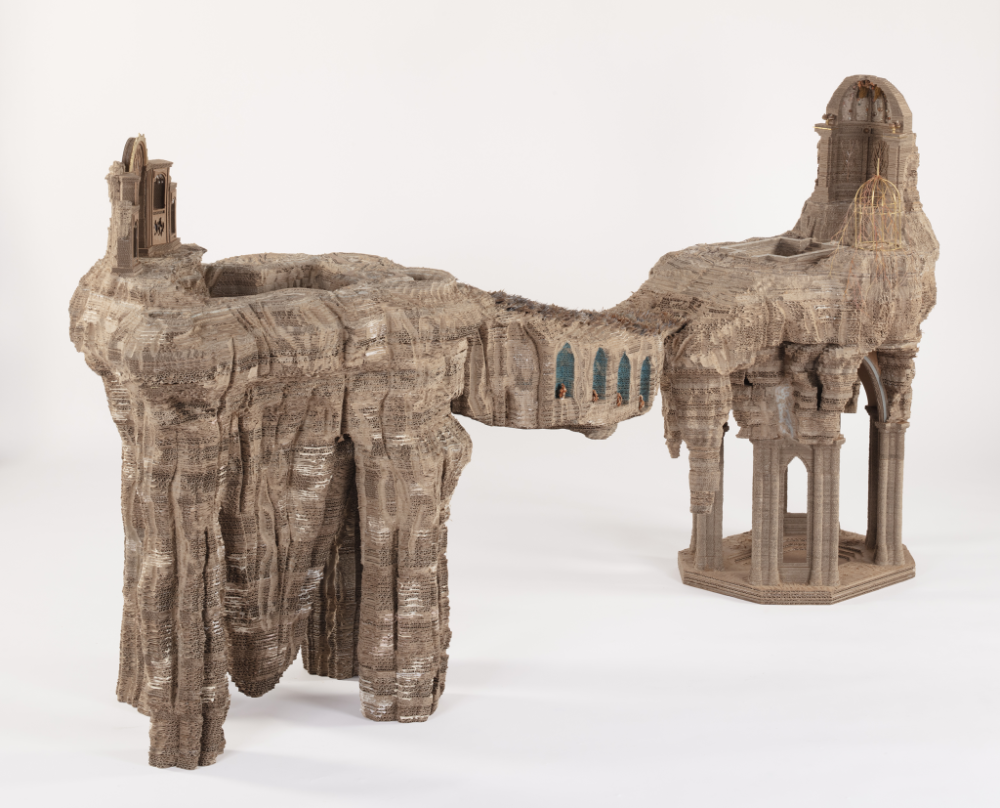
Eva Jospin crafts hauntingly beautiful forests and entire universes out of cardboard, an everyday material that she sublimates. The Paris-born artist’s fantastical woods are those of fairy tales, full of mystery and the unknown yet devoid of human presence. Inviting us to embark on an introspective journey, her romantic, poetic scenes are the ideal backdrop for our mental projections in which we can imagine different stories unfolding.
After exhibiting in the central courtyard of the Louvre Museum, at Dior’s haute couture and ready-to-wear fashion shows, at the Beaupassage gastronomic hotspot in Paris and in the gardens of the Domaine de Chaumont-sur-Loire château in central France, she has now been handpicked by Ruinart as its Carte Blanche 2023 artist.
Jospin’s installation of cardboard sculptures, hauts-reliefs, embroideries and drawings for Ruinart are centred around a carmontelle, an 18th-century invention for showing landscape paintings in motion by French dramatist, painter and designer Louis Carrogis Carmontelle. Composed of a long roll of paper stretched between two cylinders, the images unfurl with the turn of a small crank.
Recalling her discovery of Ruinart’s historic site and the terroir of the Montagne de Reims, her intricate drawing on paper narrates the connections between the underground worlds of the chalk pits and vineyards, between nature and architecture, and between the gestures in an artist’s workshop and during the champagne-making process, from pruning the vines to riddling the bottles.
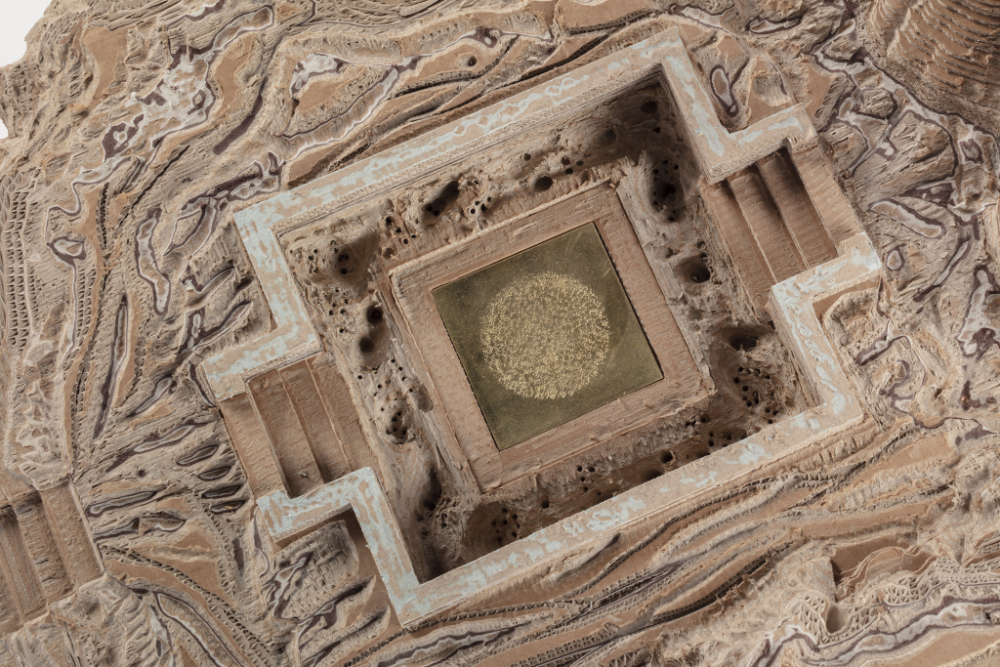
Investigations of a region in miniature, Jospin’s Chefs-d’oeuvre, or masterpieces, juxtapose representations of natural scenery with architectural forms, even including a tiny sculpted staircase echoing the steps descending to Ruinart’s cellars where its bottles age.
Hauts-reliefs evoking the forest bordering Ruinart’s Taissy vineyard suggest a passage from the roots to the vines, and from subterranean spaces to above ground, while her silk embroideries hand-sewn by Mumbai-based Chanakya atelier reveal multicoloured, surreal landscapes, and her undulating relief drawings in ink on Japanese paper reference the site’s topography.
Why did you develop your artistic language around cardboard, a cheap and lowly material?
I think in layers and in stratification – it’s really the way I construct my works – and cardboard is also made of layers. It’s an incredible material. Sculpture is all about the shadow and light on the piece that will make you feel its shape. Cardboard contains its own shadow, so when you use cardboard in an art piece, you have a constant vibration that is impossible to recreate with something flat. When you start working on cardboard, if you sand it, you will erase the holes, so it’s flat and it’s like light.
Then you will carve and you will have more shadow. There are a lot of ways to transform the material. It’s fascinating because you start doing things with it and then you realise the variability of possibilities. I think it has something in common with the grape, where it depends on where it grows, when it grows, how it ages, if it’s going to be white or red wine, and everything tastes differently from one maison to another.

Why do you like playing with illusion in your reinterpretations of nature?
I’m not the one who started it; I’m just continuing it, but I think it’s very important in European culture. There is a relation with imitation and illusion that is even stronger than in other cultures. It became an obsession here, and I don’t know why. I think this need for illusion is a way to recreate the world, and imitation is really a way to confront ourselves with it and to try to understand it, like in mimesis.
Mimesis is a very important part of being human because it’s the way we learn: by imitating. This imitation, this artificiality, creating something fake to relate more to the real is a fascinating mystery. We invented photography and cinema because we wanted to imitate perfectly and because sight is the principal sense in Europe, more than the others. If not, we didn’t need to invent photography – we could have invented something else with technology. It’s not by chance.
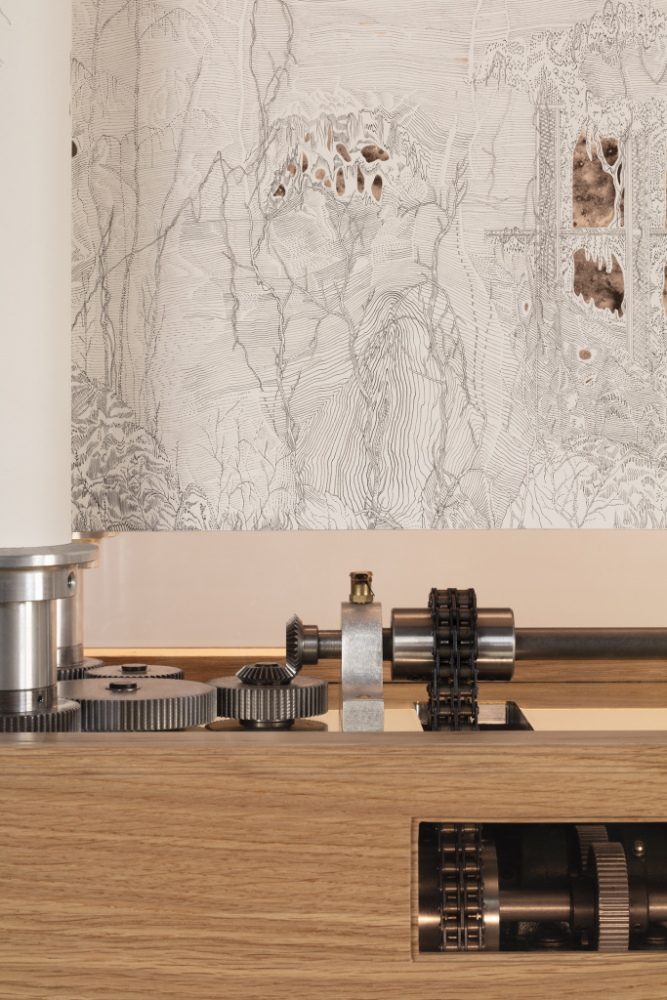
Your mysterious forests, rocks, grottoes, nymphaeums and temples become the perfect backdrop for the imagining of myths or fairy tales and your viewers’ mental projections. Why do you want them to embark on an introspective mental journey?
I’m trying to create spaces that allow that and, in a way, I want people to join me. So they go into those worlds. It’s a place for people who are interested in my work. I like the idea that they take it for themselves. Anyway, I think we take art for ourselves. When we read a book, when we see a painting that we love, we own it immediately. So I’d like people to appropriate my artwork by going into their own imagination and make the links with a lot of different things. It’s funny what people say to me, that my work looks like termites, bees or Angkor Wat. I like when the reference is far away from European references.
How did your collaboration with Ruinart come about?
I accepted because Ruinart is really involved with the artist. Their artists are present everywhere. You have a sculpture in their vineyard now by Nils-Udo, you have artists coming for a temporary project in Reims like Tomás Saraceno and then some are doing permanent work.
I really liked this idea that it’s a place for artists and it’s always open to collaborations, permanent or temporary, and the Carte Blanche is a very nice programme because it’s shown at all the art fairs around the world. It’s always shown within an artistic context, so that’s the perfect context to exhibit work.
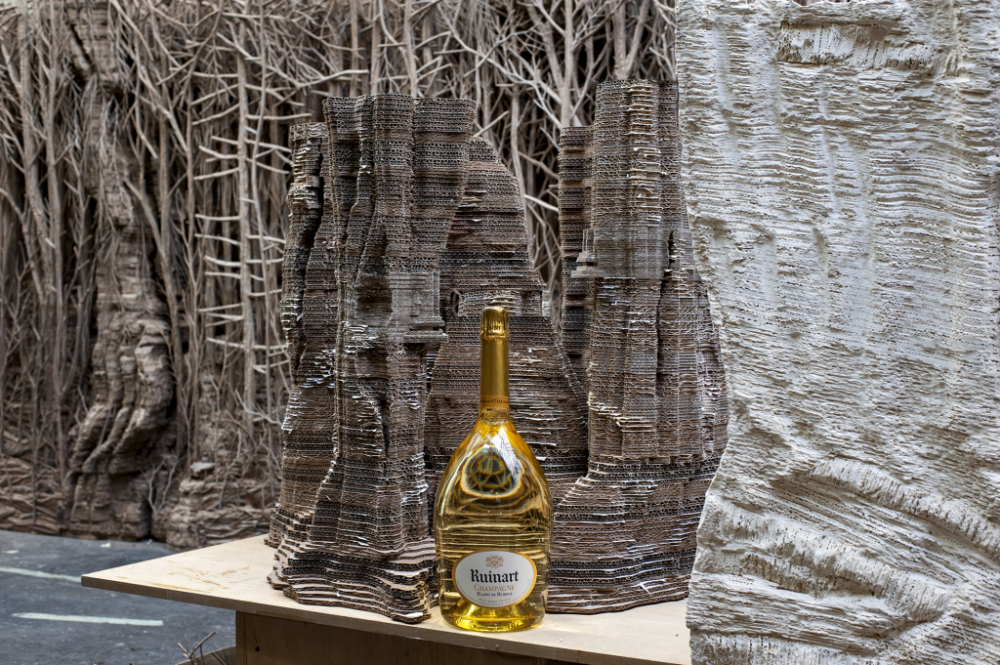
What story were you trying to tell through the artworks you created especially for Ruinart?
With my artworks, I don’t tell a story. I create a world in which the story takes place and lives. I really like the interconnectedness of the Champagne landscape. We can imagine all the links in this landscape: between what is below and what lies above. Above is the vine, but below are the roots and then deeper down, there are the chalk cellars in which the juice of the sun-ripened grapes ages.
The history, the geography, and also the culture and know-how of this region constitute its terroir. That’s what fascinated me. My proposal for the Carte Blanche takes the form of a promenade in a sculptural setting that pays homage to this land and all the gestures that bring it to life.
Describe your take on the carmontelle, originally an invention of the Age of Enlightenment, a nod to the 18th century.
The carmontelle is really the centre of the collaboration with Ruinart because it’s the guideline of everything that is going to happen on this promenade. You start with the forest and then there is a little journey, an imaginary tour, because a lot of things that are represented are not in Reims. We don’t know where it is; it’s in another world. The drawings become a sculpture, a forest, a little masterpiece, an embroidery or a drawing again – there is the idea of metamorphosis.
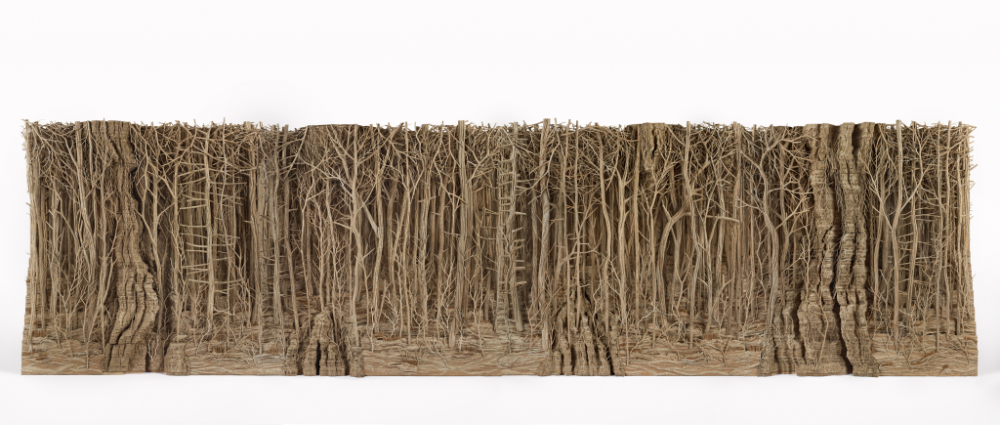
Also see: Oscar Wang spills the tea on art collaboration with Daniel Arsham


